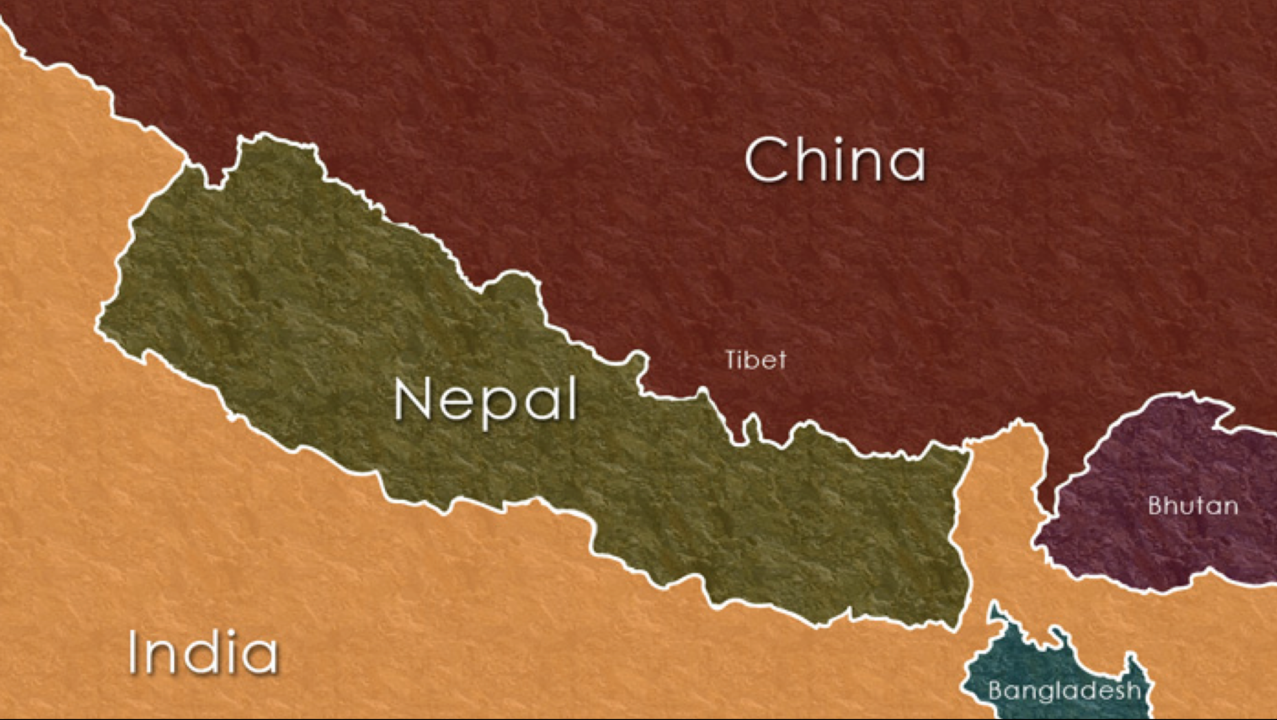
How can Nepal position itself in South Asia?
The well-understood rise of India and China and the recent emergence of Bangladesh as a progressive economy require Nepal to have a unique positioning in this region if it wants to thrive.
Factors like cheap labor & land that have usually led developing countries to attract FDI are common for most of the countries in this region. Access to government officials for favorable policies is also relatively easy. As such if Nepal wants to leave the times of conflict behind and leverage the new-found stability in the nation, it needs to identify its strengths and the opportunities around it- like a basic SWOT analysis. I'll briefly discuss the strengths and opportunities leaving the weakness and threats for your own analysis because the way I have understood them, I believe they can be managed to a great extent.
The opportunities are simply the Indian and Chinese economy. Having done business in India and now studying in China, I have seen the sheer hunger of Chinese consumers for products and services. Despite a lower-than-developed GDP per capita, the spending patterns in China are different and people splurge on new products unlike anywhere else. India, on the other hand, is a value-conscious market but the accessible market size, fast-increasing income, high inflows of FDI and the desire of foreign companies to produce and/or sell to Indians are attractive attributes. The most important thing is that despite of huge investment flowing in/out of these countries either from each other or from the rest of the world, there is no country in South Asia with liberal investment environments like Singapore and Hongkong for East Asia, Switzerland for Europe and not-to-miss the likes the British Virgin Islands, Taiwan, The Netherlands, and Cayman Islands. Nepal can adopt a role of tax liberal nation that allows companies from the US, EU, China, ASEAN and the UAE to channel their investments to India via Nepal. I didn't mention investments to China because there are many better-established channels for China and China is emerging as a net outward investor with strong interests in South Asia. Nepal would need bilateral and multilateral agreements with all of these partners to realize this strategy and it is a no easy task, but achievable. An underlying advantage of this strategy would be that the more countries that have a stake in Nepal, the lesser chance of Nepal being subsumed by India or China, which has long been a concern for critics in the country.
Another option can be Special Economic Zones (SEZs). There can be two possible ways SEZs can be leveraged- either Nepal uses it as Export Promotion Zones (EPZs) or it uses it for domestic demand and employment generation only. The latter can't bring large investments as the local market is too small. However, in EPZs, companies would be able to set up facilities in Nepal to produce goods or service and serve the Indian and Chinese market with some spillover effects on local consumption as well. It will generate employment for Nepalese and have a positive effect on trade balance with India & China which is long skewed against Nepal's favor. Free Trade Agreements with India and China would multiply the impact of this strategy. An example of such strategy is South Korea's FTA with India and proposed FTA with China. Companies from India and China can invest in South Korea and use the agreements to get duty free access to two huge burgeoning markets.
The above suggestions and the current Nepalese leadership seem to believe that the best way to prosperity is by industrialization. Some people may argue that while several countries have trodden this path to upliftment, the dynamics of today's economy have evolved and a low-cost manufacturing destination may not be attractive in the wake of automation and concern among developed economies for domestic employment. Also as China is demonstrating, low-value manufacturing (usually starts with textiles and light goods) are good only to a certain level and then one needs to move to high-value sophisticated industries. To avoid these constraints, Nepal can instead aim to become a service economy from the get-go. Banking, tourism, gambling and IT are promising areas. The scope of increasing value-addition over time and achieving scale is higher in service economy compared to that of products. But the key here would be the same- to leverage Nepal's land and laws to serve the Indian and Chinese markets (and Bangladesh as well).
Nepal's strength lies in its geographic location, accessible borders with India and China and its solidarity with all major countries of the world. Locally, Nepal has a decent banking infrastructure and a small geographical footprint means that hard infrastructure can be quickly developed. The youths of Nepal have a significant exposure to international matters via travel and living abroad for work or studies. The presence of multilateral institutions like The World Bank, IFC, ADB and UN and global banks like Standard Chartered also add weight. If all these can be channelized to choose a strategy and execute it with a high level of governance at all levels, prosperity for a nation of nearly 30 million people is not a far-fetched goal.